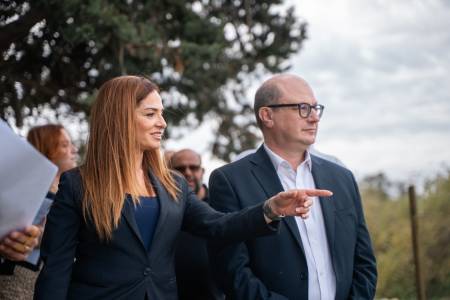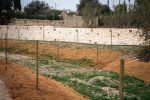
One of Malta’s most treasured natural valleys, Wied Speranza, has been restored following a major environmental project.
The project was officially inaugurated by Minister for the Environment Miriam Dalli and Minister for European Funds Stefan Zrinzo Azzopardi, together with the Project Green team and the Mosta Local Council.
“This project that has brought this treasured natural valley to life. Another project in favour of restoring nature and protecting heritage, it reflects our commitment to restoring natural spaces that people can enjoy and to reconnect communities with the natural environment. We are giving these valleys back to the public while creating greener spaces for everyone,” Minister Miriam Dalli said.
Minister Stefan Zrinzo Azzopardi emphasised that the work carried out throughout the project in Wied Speranza is clear proof of how European funds, particularly under the European Agricultural Fund for Rural Development, are being directly invested in preserving the natural environment and improving the quality of life within communities.
“Projects like this are clear evidence of how we can make effective and responsible use of European funds to safeguard our valleys, strengthen biodiversity, and create spaces that people can enjoy safely and respectfully,” said the Minister. He added that the Government will continue to support sustainable initiatives that strengthen the natural heritage of our country.
As part of this project, Wied Speranza, well known for its historic chapel dating back to 1760, has undergone a full restoration programme to revive the natural environment. The works included the removal of invasive plants, cleaning of the valley bed, and the planting of 300 new native trees and shrubs to support the return of local wildlife. A new 1.4km irrigation system has been installed to help the newly planted vegetation grow in the early stages.
Traditional rubble walls—an important part of Malta’s rural heritage—were also repaired and rebuilt, with 1.4km of walls restored to prevent soil erosion and stabilise the valley slopes. Barriers have been placed to stop off-roading and protect the valley floor, and biodegradable natural materials were used to secure the soil. Plans also include new information signage to help visitors learn more about the valley’s nature and history.
Photos: MEEP/MFI
![]()









